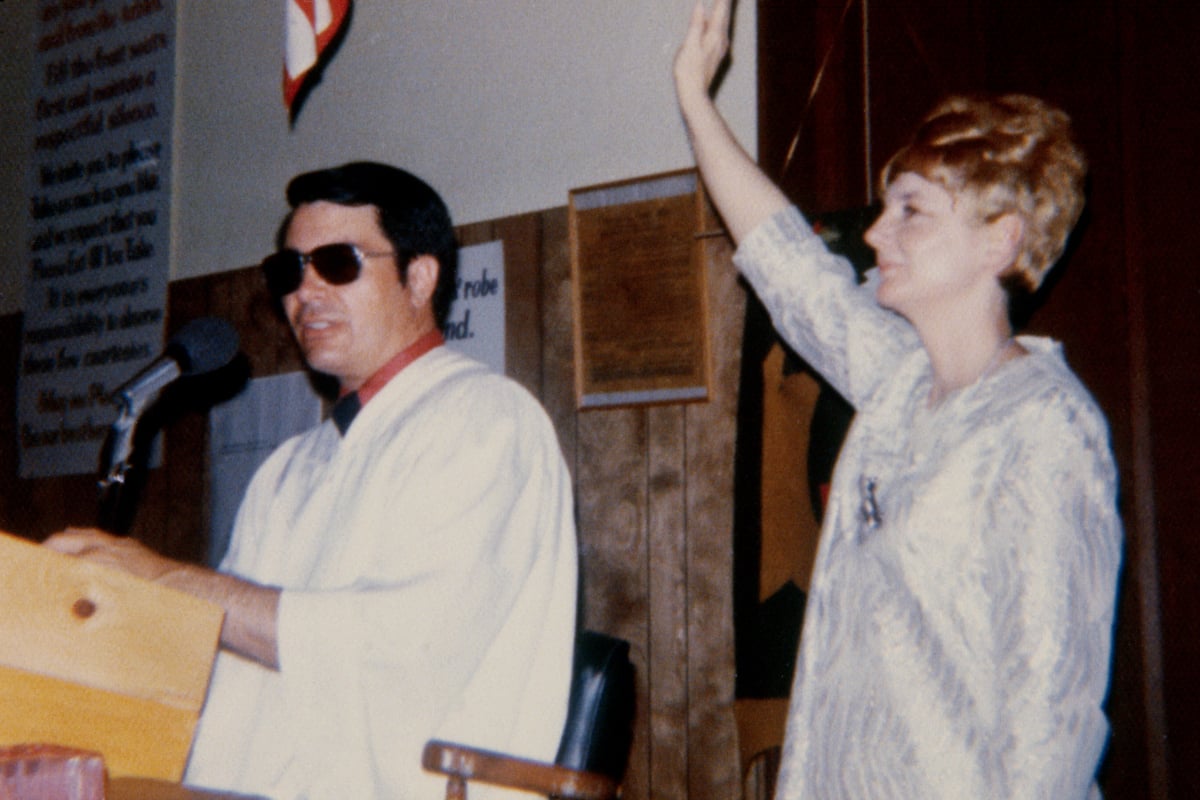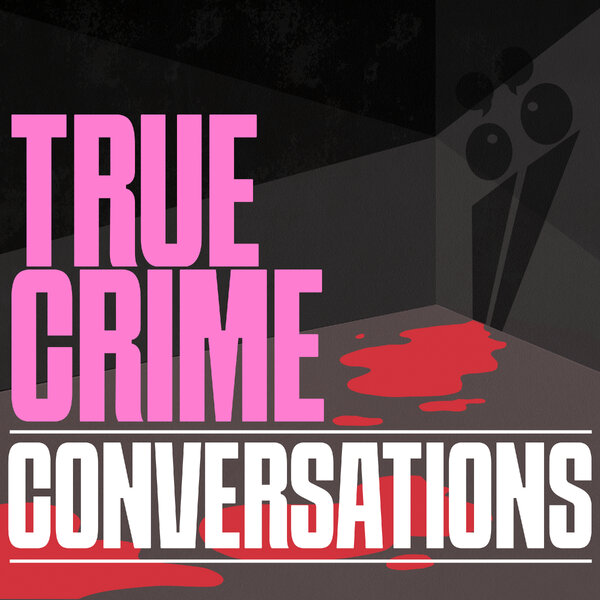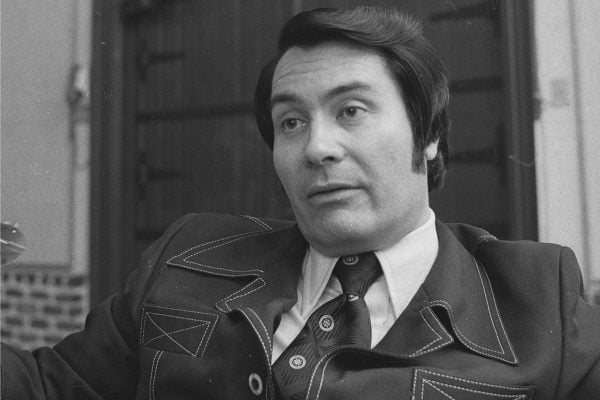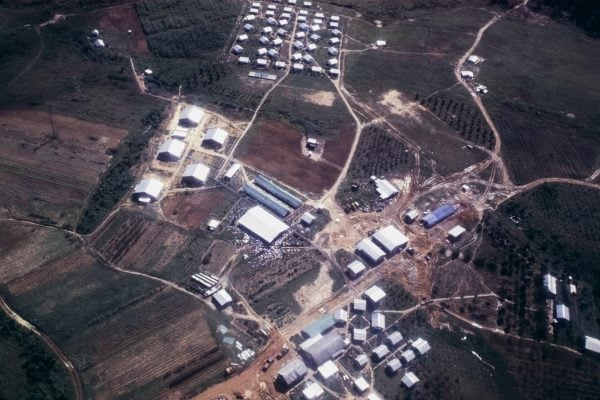
Warning: the following contains details of murder and suicide.
In November 1978, a California congressman and a group of journalists touched down at Port Kaituma airstrip in a remote pocket of the Guyanan jungle. They were part of a fact-finding delegation, probing reports that Americans were being held against their will in a socialist sect known as The Peoples Temple.
Waiting for them at the compound was the group’s leader, Jim Jones. Smiling, charismatic, with large dyed-black sideburns, he extended his hand for them to shake, “Don’t know why you’re here, but we’re happy to have you… You’ll see what a wonderful place it is.”
As Rep. Ryan’s aide, Jackie Speier, later recalled in the book UNDAUNTED: Surviving Jonestown, Summoning Courage, and Fighting Back, Jones’ tour of his jungle compound showed a pleasant, functioning community of close to 1,000 people.
The delegation met follower after follower; each insisted they were happy, that they had no desire to get back in touch with their families or to leave. It struck Speier, that it all sounded unsettlingly choreographed.
As the interviews continued, one of Jones’ followers slipped a folded piece of paper to a reporter. A note. It contained two names, and a hurried plea, “Please help us get out of Jonestown.”
“I felt my stomach knot,” wrote Speier. “Oh my God: It’s true.”
How a socialist preacher became the world’s most infamous cult leader. (Post continues below.)
What unfolded on that mission is now one of the most chilling chapters in American history: a massacre that resulted in more civilian casualties than any other non-natural event in U.S. history. It took the murder of more than 2,977 people on September 11 to usurp it.































































































